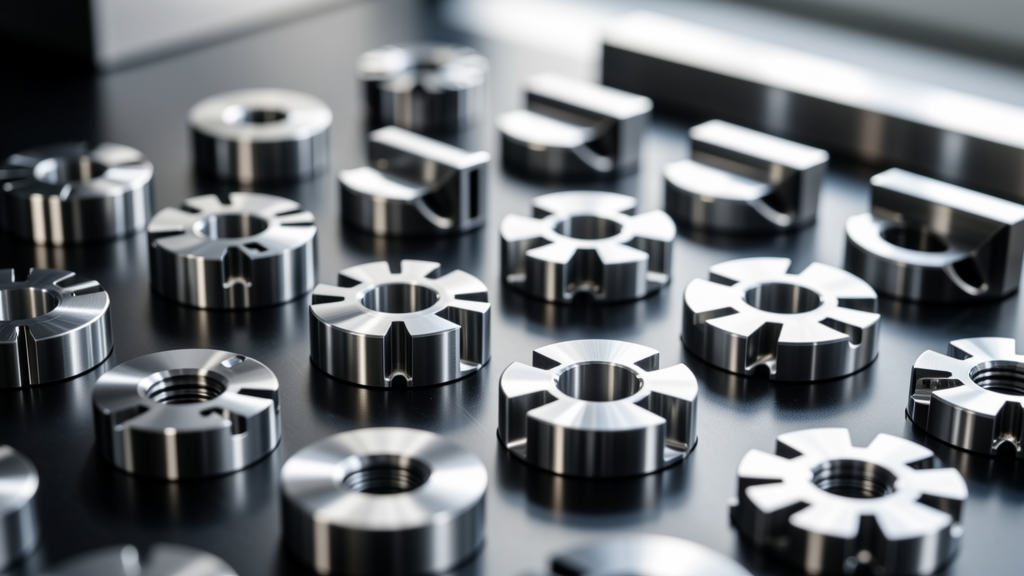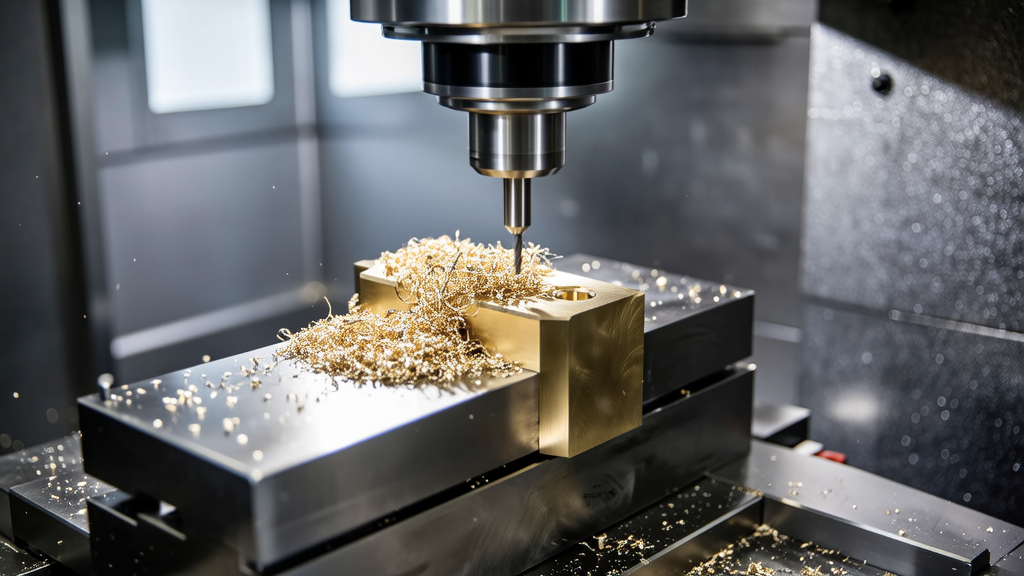Whether you’re an engineer, a purchasing manager, or a business owner seeking reliable machining partners, understanding the nuances of precision in CNC machining is essential. We’ll discuss the impact of material properties, tooling, and machine setups on achieving optimal precision, along with insights into common industry practices.
Additionally, the article highlights the factors influencing precision levels and outlines effective strategies for selecting the right machining partner. Whether you are manufacturing critical components or exploring options for custom projects, this guide serves as a valuable resource. Join us as we uncover the levels of accuracy, considerations for risk mitigation, and the cost implications of achieving the highest standards in stainless steel CNC machining. Prepare to elevate your understanding of precision machining and make informed decisions for your next project.
When looking to source high-quality stainless steel CNC machining, it’s crucial to understand just what precision you can expect from top-notch manufacturers in the industry. Many prospective clients often wonder about the tolerances achievable in stainless steel CNC machining and how these precision levels can impact their projects. Let me share some insights based on my experience and industry standards.
Precision Levels in Stainless Steel CNC Machining
Professional stainless steel CNC machining can achieve remarkable precision, generally falling within the range of 0.005 mm to 0.01 mm. These tolerances are typically observed with advanced CNC machining centers equipped with high-quality tools and experienced operators. You might be curious about what factors influence these tolerances.
Key Factors Influencing Precision
Common Applications and Their Tolerances
Stainless steel CNC machining is ideal for numerous applications, especially in the aerospace, automotive, and medical industries. Each of these sectors has specific precision requirements.
Aerospace Components
For aerospace applications, tolerances typically fall in the range of ±0.002 mm. Components such as brackets, panels, and frameworks require this level of precision to ensure safety and functionality in flight.
Medical Devices
In the medical sector, devices like surgical instruments need to be manufactured with tolerances of about ±0.01 mm. The reliability and safety of these instruments hinge on this precision.

Automotive Parts
Parts in the automotive industry often require precision in the range of ±0.005 mm to ensure they fit perfectly and function as intended within the automotive assembly.
Cost Implications
Now, you might be thinking about the cost associated with these precise machining services. While higher precision often means higher costs, the investment can lead to significant savings down the line through reduced waste and rework. If you’re looking at a new project, asking for quotes from multiple prototyping companies will give you a better understanding of the market rates linked to precision and complexity.
With the right understanding of precision capacities in stainless steel CNC machining, you can make informed decisions that lead to successful project outcomes. If you’ve already started your machining journey, I’d love to hear your experiences. What challenges did you face, and how did you overcome them? That’s the kind of dialogue that helps us all improve and deliver better results.
What are the typical precision levels in stainless steel CNC machining?
Precision in stainless steel CNC machining generally falls between 0.005 mm and 0.01 mm. This range is achieved by utilizing advanced CNC machines and quality tooling.
It’s essential to understand that the actual precision can vary based on the machine, tools, and operator expertise.

What applications require high precision in CNC machining?
High precision is critical in industries like aerospace, medical devices, and automotive parts. For aerospace components, tolerances often reach ±0.002 mm.
In the medical field, surgical instruments usually require tolerances around ±0.01 mm for reliability and safety.
How do material properties affect machining precision?
The type of stainless steel being machined impacts precision levels. Austenitic stainless steel is easier to work with, enabling tighter tolerances, while martensitic types can present challenges due to their hardness.
Understanding these material properties is vital for achieving optimal results in your machining projects.
What factors influence precision in CNC machining?
Several key factors influence precision, including machine configuration, tooling quality, and operator expertise. A high-end CNC machine usually allows for tighter tolerances compared to older models.
The right tooling can significantly enhance precision by minimizing wear, while a skilled operator can effectively adjust settings to maintain required tolerances.
What cost implications should I consider for high precision machining?
While achieving higher precision often leads to increased costs, this investment can pay off through reduced waste and less rework. For complex components, it’s common to see significant price variations across different machining partners.
Getting quotes from multiple suppliers will help you understand the market rates and make more informed decisions for your project.








